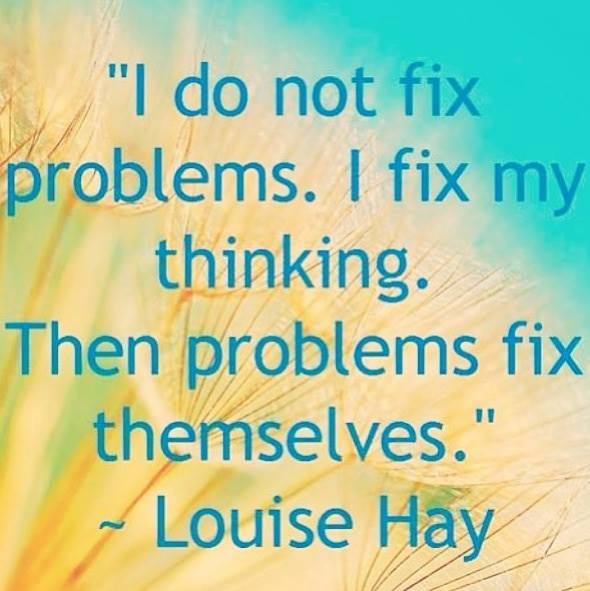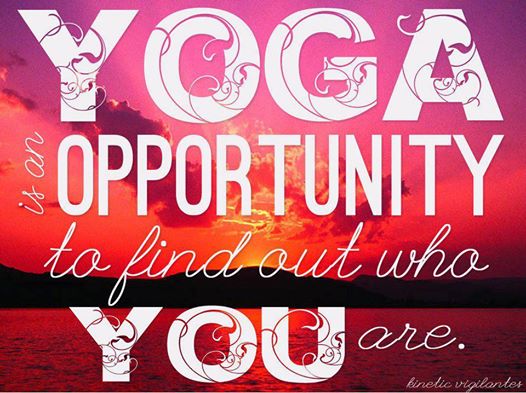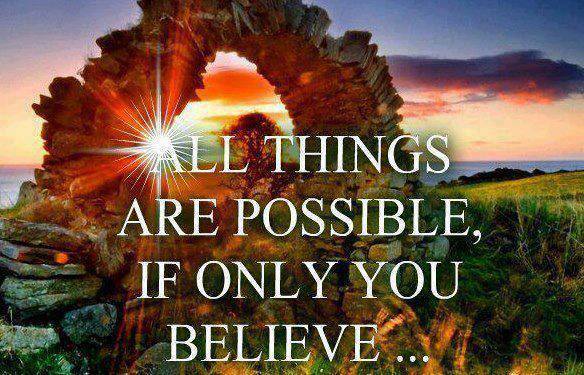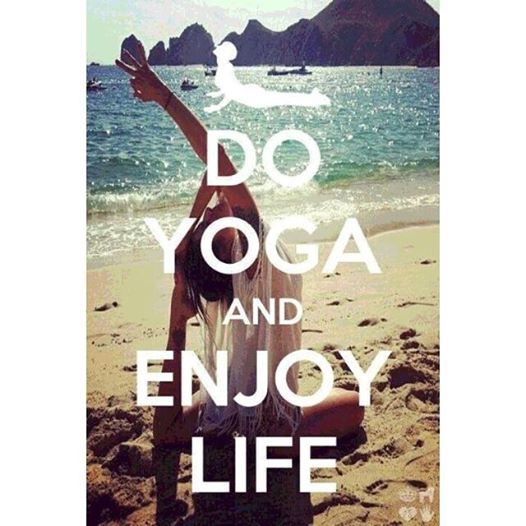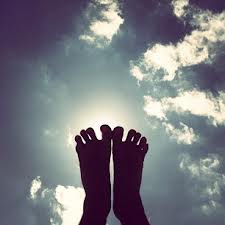Yoga is known as a form of Alchemy, the conscious, intentional process of transmutation, purification and perfection of our limited self into unlimited Being, becoming a walking embodiment of the soul, rather than a muted reflection of it.
Alchemy as Yoga is a process of turning the smaller self into a higher form of itself. In Yoga as in Alchemy in general there can be no external alchemy without there first being internal alchemy.

